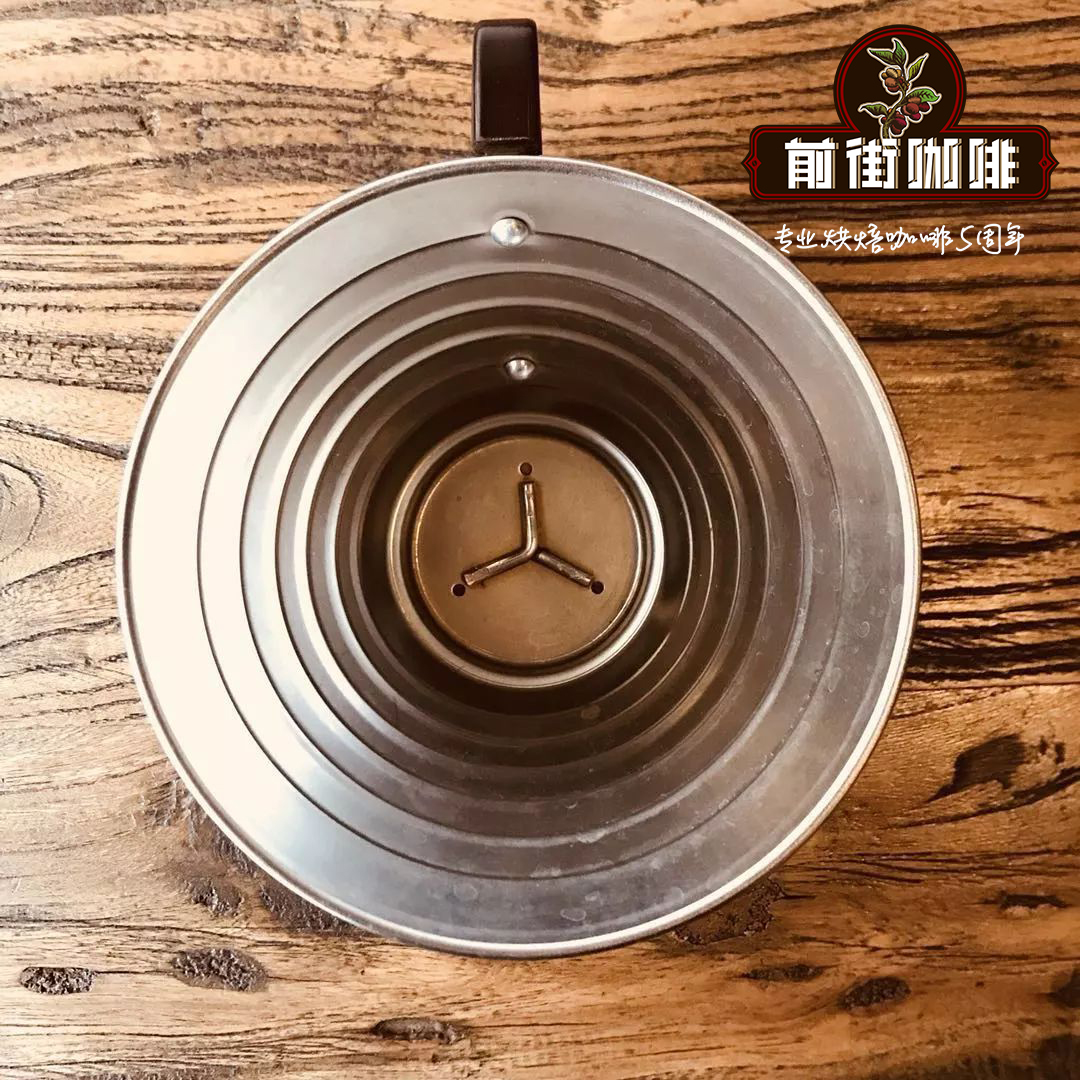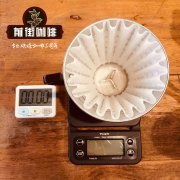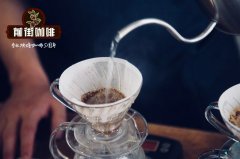Coffee beans suitable for hand-ground coffee | Ethiopian Guji purple wind bell G1 sun-dried fruit aroma

Professional coffee knowledge exchange more coffee bean information please follow the coffee workshop (Wechat official account cafe_style)
Qianjie-A brief introduction to the G1 sun exposure of Guji purple wind chimes in Ethiopia
The administrative region of Ethiopia is divided into four grades, the order from big to small is Region, Zone, woreda and kebele. Most of the raw coffee bean names follow this rule. Guji-Shaquiso is located in the southeast of the well-known producing area of Yega Xuefe. it belongs to Oromia Region → Guji Zone → Shakisso woreda and belongs to the regional source of coffee beans.
Just as Yejasuffe became well-known after it became famous, it became an independent producing area. Guji became an independent production area by ECX in 2010 because of its superior geographical location and cup flavor. Shakisso (sometimes translated as Shakiso) is the most attractive micro-producing area in the Guji producing area. It is located in the southeast of Yejia Coffee with an average altitude of more than 1800 meters. The fertile black soil (Vertisol) has a significant temperature difference between day and night so that it has all the local conditions to produce high-quality boutique coffee.
Almost all the sources of local coffee production belong to the form of individual small farmers. At the arrival of the production season, the ripe red transparent berries from their neighbors are picked and sent to the treatment plant, and placed on a well-ventilated African scaffolding to control the temperature and fermentation degree. After the pulp is removed, the water content is reduced to between 11.5% and 12%. When the post-processing and static operation are completed, the export is done through the competitive bidding system of the ECX Ethiopia Commodity Exchange. Local exporters or international buyers follow this system to find their favorite raw coffee beans.
In recent years, the most high-profile producing area in Ethiopia is Yega Schiffe. Guji-Shakiso is less well-known than Yega Chevy. However, with the overall price of Yega Chevy soaring in 2015, international boutique buyers have turned to other neighboring producing areas, such as Sidamo, Limu and Jimma.... Wait, wait,
Guji-Shaquiso coffee is actually quite unique, and the coffee produced has also repeatedly attracted market attention. Ninty Plus launched the legendary bean Nekisse at the end of 2009, which originally means "nectar from Shaquiso" (Nectar from Shakisso). The origin and naming come from Shakisso. Another Level Up-produced Derar Ela, which is also produced in Shaquiso, was repeatedly praised by Taiwan businessmen last year, and won an excellent score of 95 Coffee Review points in April 2014.
The original text of Dasaya in Ethiopia is Dawala Samayawi, which means purple wind chimes. During the cup test, it was stunned by its unique tonality named Dasaya, which was translated into Chinese as purple wind chimes. The purple flowers, berries, refreshing sun notes and smooth mellowness make people taste again and again.
Guji is a highly acclaimed producing area in Ethiopia in recent years, with the freshness of Yegashifi and the fullness of Sidamo, coupled with the flavor diversity of its native species, it is increasingly favored by coffee lovers.
Ethiopia Guji purple wind chimes G1 sun
Flavor | Violet blueberry grape peach cantaloupe
Baking degree | shallow baking
Producing area | Oromia Region, Sidama Zone, Guji
Altitude | 1900-2100 m
Variety | Ancient excellent varieties of Ethiopia (Heirloom)
Annual rainfall | about 1650-1900 mm
Treatment | African scaffolding solarization treatment
Knowledge expansion: Arabica species originated in the Ethiopian plateau and were introduced into Europe through the Arab region in the 16th century. Arabica coffee accounts for 75% to 80% of all coffee, and the world-famous Blue Mountain Coffee and Mocha Coffee are almost all Arabica species.
In short: Qianjie is a coffee research hall, happy to share the knowledge about coffee with you, we share unreservedly just to make more friends fall in love with coffee, and there will be three low-discount coffee activities every month. The reason is that Qianjie wants to make more friends drink the best coffee at the lowest price, which has been Qianjie's tenet for 6 years!
END
Important Notice :
前街咖啡 FrontStreet Coffee has moved to new addredd:
FrontStreet Coffee Address: 315,Donghua East Road,GuangZhou
Tel:020 38364473
- Prev

Introduction to the flavor characteristics of hand-brewed coffee beans with good quality Arabica coffee beans
Professional coffee knowledge exchange more coffee bean information please follow the coffee workshop (Wechat official account cafe_style) Front Street-Arabica variety profile in the coffee bean varieties, Arabica and Robusta are the two most well-known coffee varieties. Although Arabica and Robusta, two native species of coffee, belong to the same genus, they are in many ways
- Next

Brazilian hand brewed coffee taste which coffee beans are suitable for hand brewing
For more information on coffee beans, please follow the coffee workshop (Wechat official account cafe_style) Terra Alta / Pulped Natural BRAZIL Vanilla, Milk Chocolate, Peach this lightly roasted coffee has the aroma of roasted hazelnut and vanilla. It tastes like pecan candied fruit and milk chocolate. The wine is supple and peach-like.
Related
- Beginners will see the "Coffee pull flower" guide!
- What is the difference between ice blog purified milk and ordinary milk coffee?
- Why is the Philippines the largest producer of crops in Liberia?
- For coffee extraction, should the fine powder be retained?
- How does extracted espresso fill pressed powder? How much strength does it take to press the powder?
- How to make jasmine cold extract coffee? Is the jasmine + latte good?
- Will this little toy really make the coffee taste better? How does Lily Drip affect coffee extraction?
- Will the action of slapping the filter cup also affect coffee extraction?
- What's the difference between powder-to-water ratio and powder-to-liquid ratio?
- What is the Ethiopian local species? What does it have to do with Heirloom native species?

